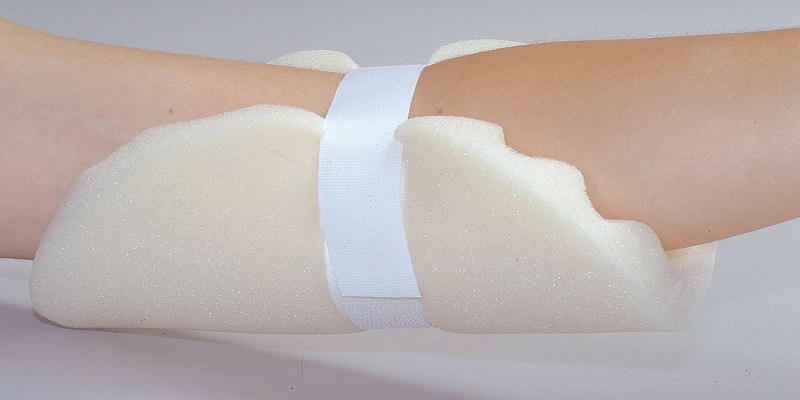What is an endoscope? In short, it’s flexible tubing with an attached camera that a doctor uses to view the insides of a patient’s body without having to make an incision or perform a surgery. The internal organs are viewed on a screen in the operating room. The doctor can also use tongs or scissors with the endoscope to remove tissue for biopsy, which is a far less invasive method than a surgery would be. There are a large variety of procedures that can be used in connection with endoscopy, including but not limited to laparoscopy (to examine your pelvis or abdomen), upper gastrointestinal endoscopy (to examine both your esophagus and upper intestinal tract) and arthroscopy (to examine your joints). Because of the nature of the procedure, and although there are risks associated with it (as with any other procedure), most patients go home the same day.
Endoscopies are a growing procedure globally, and the equipment can be expensive for clinics or hospitals to replace. That’s why, as with so many other pieces of frequently used equipment, preventative maintenance is a must to keep costs and accidental transference of bacteria down. Infection control is serious business, and only the highest level of caution will result in patient safety.
Infections caused by improperly cleaned endoscopes are a scary issue in the medical community and most of all, for potential patients. When not cleaned immediately or properly, bacteria can form a bio-film that won’t easily wipe away when cleaning does happen. Due to the nature of their use, there are a variety of contaminants within the flexible tubing which can be difficult to clean properly, and because of their composition, some can’t be safety heat sterilized. This equipment is of complex design, so attention to detail and following procedures is crucial. The best and most efficient way to clean these tricky pieces of equipment is both immediately after use using a pre-cleaning protocol and then a full clean and disinfection or sterilization. Removable pieces (like the suction valves) should be taken off and submerged in solution, scrubbed well, and rinsed and dried. After cleaning with a disinfectant solution, the endoscope should be rinsed well and dried prior to storage or further use. Endoscopes should also be leak tested before use, and disposed of in the event of a tear or breakage.
In storage, it’s best for the endoscope to be hung vertically in a dust free cabinet. Letting the equipment dry completely in a cabinet before the next use has actually been found to decrease risk of contamination.
Our ready to use concentrated or pre-mixed pre-cleaning kits are a great way to save time and money in the routine cleaning of your endoscopic equipment. The kits are easy to use and easily portable.





